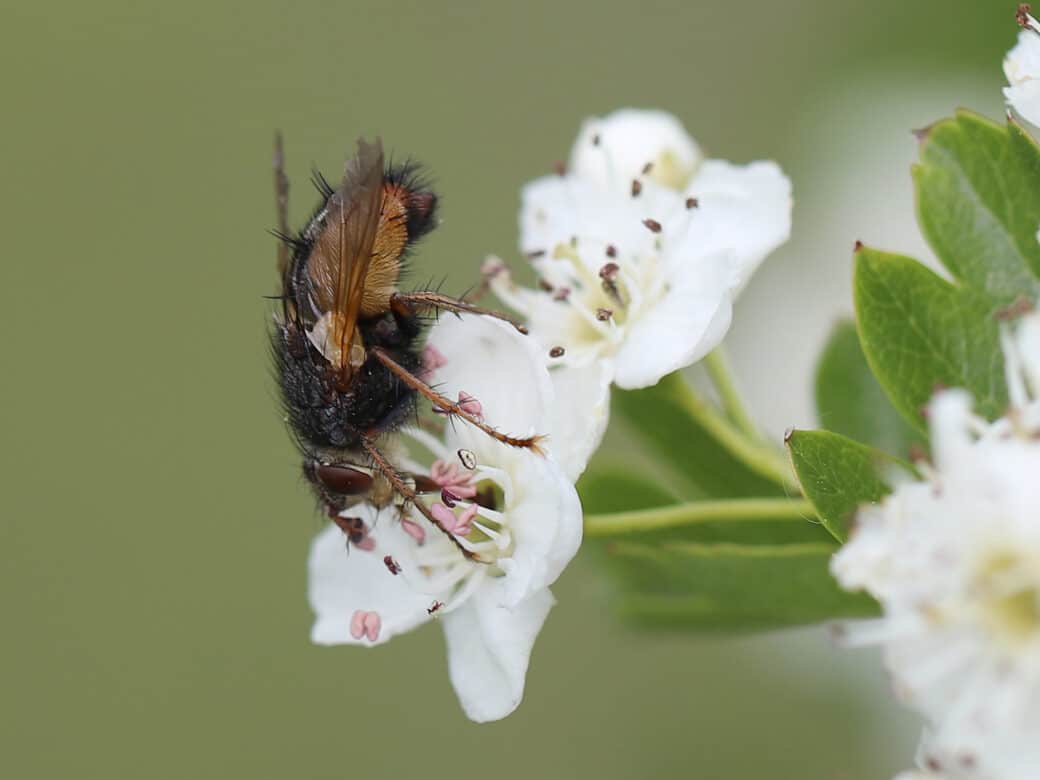Effects of landscape context and land-use intensity on biodiversity and multitrophic interactions among plants, pollinators, herbivores, and their natural enemies
The project name ‚InsectScale’ includes the study of correlation of landscape structure and local habitat quality on trap nesting bees wasps and their natural enemies. The influence of management intensity and local management strategies on trophic levels still remain unknown so far. This study aims to offer a model system of trap nesting bees, wasps and their antagonists. The data can contribute to a new insight into the impact of landscape complexity on ecosystem functions like pollination pest control.

1. Landscape context affects species richness in addition to local habitat quality.
2. Species traits, such as body size and trophic rank, and biotic interactions are correlated with specific spatial scales of response.
3. Complementarity of insect species contributes to biodiversity-ecosystem functioning relationships, while non-random loss of species richness will reduce ecosystem functioning.
In April 2009, eight trap nests were installed on each of 20 grassland plots in Hainich-Dün, two on each of four wooden posts. Moreover, eight trap nests were installed in the canopy of 10 forest plots. They will be deinstalled at the end of September. The trap nesting bees and wasps will be reared after a diapause, pinned and identified. Food in the brood cells will be classified to arrange food webs.
Furthermore, the Red Mason Bee (Osmia bicornis) will be released on 8 – 10 grassland plots in Hainich-Dün and the Schwäbische Alb to observe pollen foraging times, nest activity and individual fitness of the bees, nesting in 8 trap nests on each plot. Half of the plots are located nearby a flowering oilseed rape field, the other half as control has no oilseed rape in the neighborhood. The study aims to discover the impact of a time limited mass food resource as well as the influence of landscape structure on breeding success (number of cells, weight of cocoons) and individual fitness.









